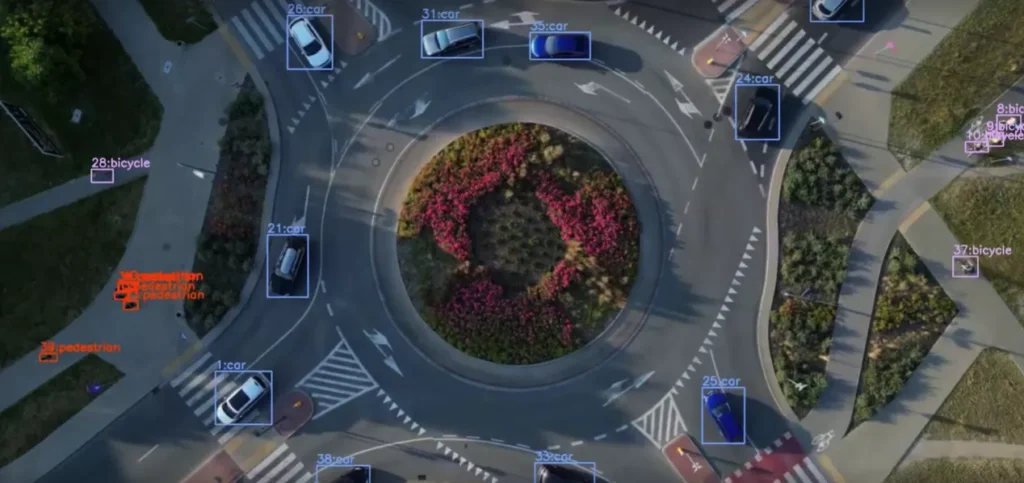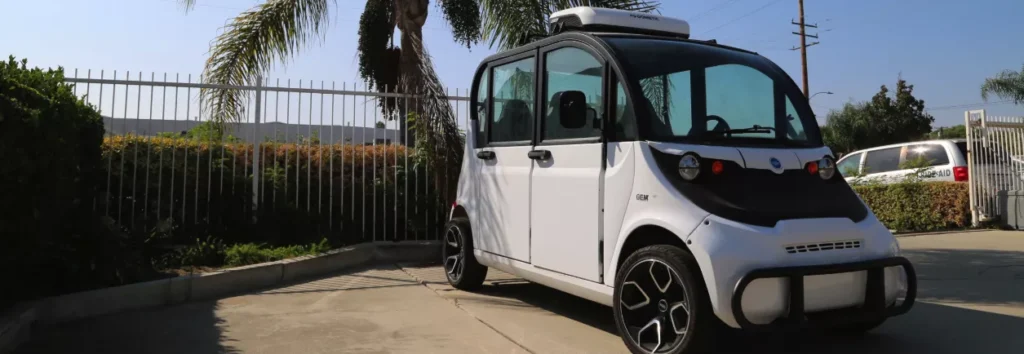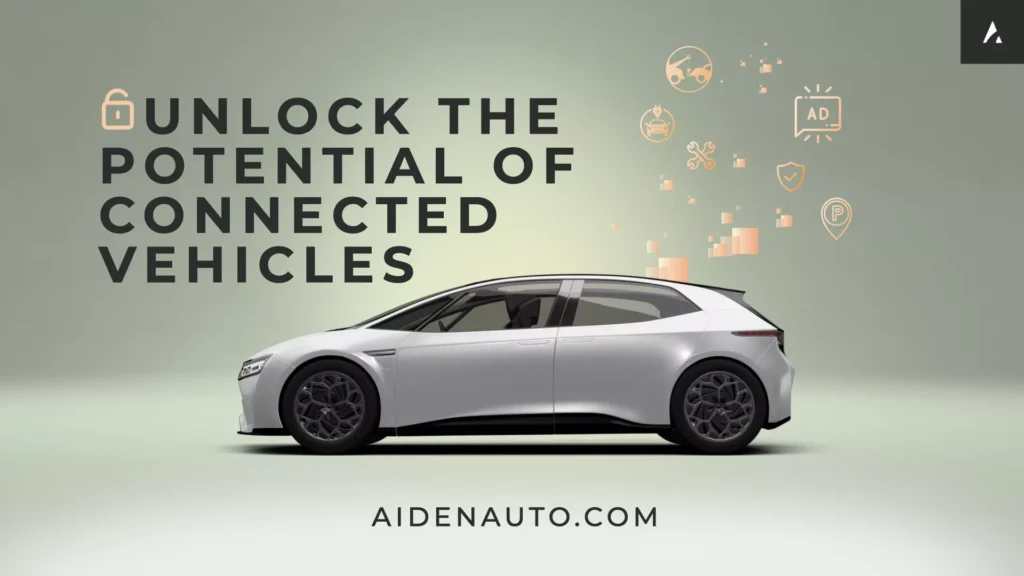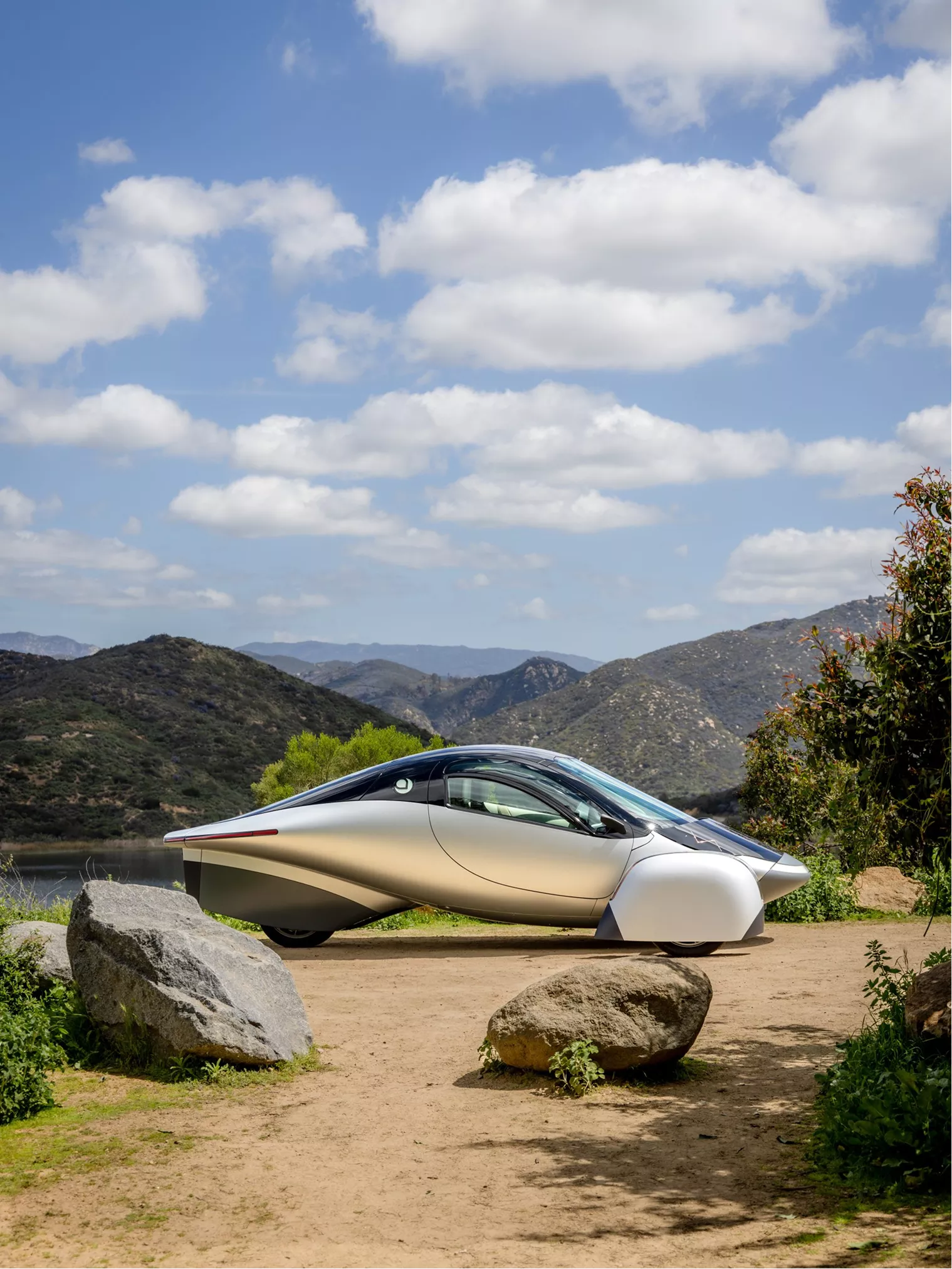










From EVs and batteries to autonomous vehicles and urban transport, we cover what actually matters. Delivered to your inbox weekly.
Stellantis has secured a U.S. patent for a biometric vehicle entry system that enables drivers to unlock their vehicles using facial recognition and a specific door handle movement, eliminating the need for keys, fobs, or smartphones.
The system is built to leverage existing hardware and reduce power consumption, making it a practical candidate for real-world integration in future models.
The patented method relies on a patterned sequence of door handle lifts — such as a 3-4-2 combination — to activate facial recognition. Once triggered, the vehicle’s exterior cameras, like those typically used for backing up or blind-spot detection, scan the user’s face and cross-reference it against a database of authorized occupants. If there’s a match, the vehicle unlocks. If not, the vehicle remains secure.
Unlike mobile-based digital keys or proximity fobs, this system is designed to work independently of external devices. That addresses scenarios where a user doesn’t have access to their phone or key, during emergencies, in harsh weather, or if the devices are lost or stolen.
Crucially, the system’s idle state draws little power when the vehicle is off, a factor that addresses one of the persistent challenges in designing always-on biometric systems for cars.
Because the system utilizes cameras already embedded in many modern vehicles, Stellantis can avoid adding dedicated sensors or hardware, reducing cost, streamlining integration, and potentially accelerating deployment across its brands.
Chrysler, Dodge, and Ram models are positioned as likely initial recipients, though broader application could follow depending on performance and regulatory considerations.
This patent positions Stellantis differently from other OEMs exploring biometric access, including Tesla’s phone-as-key platform and Hyundai’s fingerprint start systems. Stellantis is focusing on a device-free, camera-based approach with low power draw — a mix that aligns with emergency readiness and cost-conscious design.
If implemented, the system could help unlock new user experience features while setting a baseline for alternative access methods that don’t rely on wireless connectivity or physical tokens.
It also signals Stellantis’ interest in building more user-centric security features without compromising vehicle energy efficiency — an increasingly relevant factor as automakers scale EV portfolios and seek to preserve range even when the car is idle.